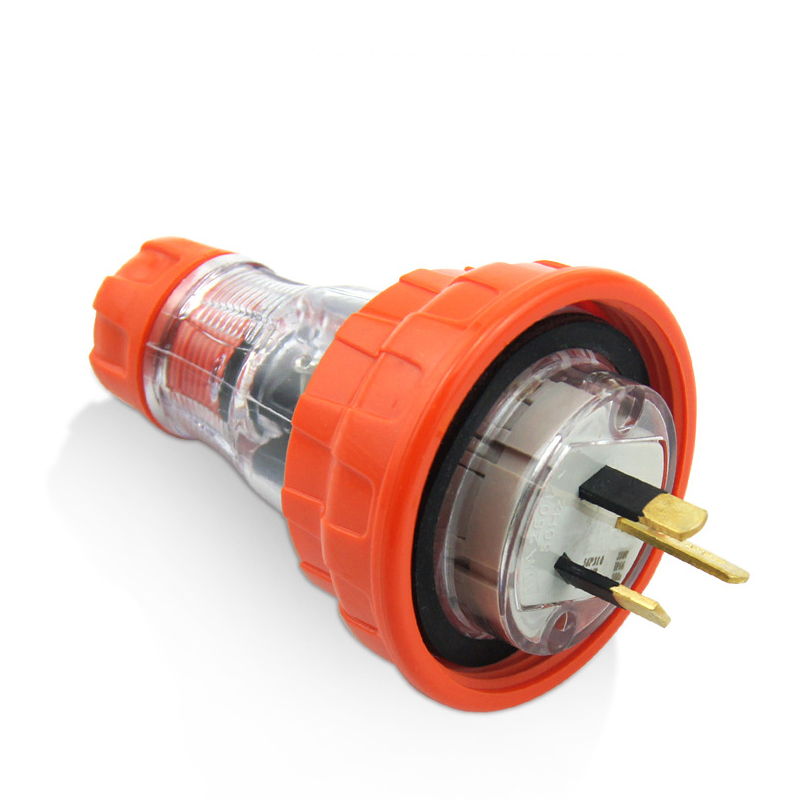The sealing mechanism in waterproof nylon cable connectors is designed to prevent the ingress of water, moisture, dust, and other environmental elements into the electrical connections. Here's a general overview of how the sealing mechanism typically works:
Material Construction:
Nylon Housing: The connector's outer shell is commonly made of nylon or a similar durable and weather-resistant material. Nylon is known for its strength and resistance to environmental conditions.
Sealing Rings or Gaskets:
Rubber or Silicone Seals: Inside the connector, there are usually rubber or silicone sealing rings, gaskets, or other forms of sealing elements. These are strategically placed to create barriers that prevent water or moisture from entering the connector.
Multiple Sealing Points:
Threaded Seals: Many waterproof connectors have threaded components that create a tight seal when properly connected. The threading itself, along with a sealing material, helps to block water penetration.
Tight Tolerances:
Precision Manufacturing: The connector components are manufactured with tight tolerances to ensure a secure fit when assembled. This precision helps in creating a reliable barrier against water and other contaminants.
Twist-Lock or Snap-Fit Designs:
Twist-Lock: Some connectors use a twist-lock mechanism where the connector must be twisted to lock into place. This twisting action can create a secure and sealed connection.
Snap-Fit: Others may have a snap-fit design, where the connector clicks into place, forming a tight seal.
IP Ratings:
Ingress Protection (IP) Ratings: Waterproof connectors are often assigned an IP rating, such as IP67 or IP68, indicating the level of protection against dust and water. The first digit refers to solid particle protection, and the second digit refers to liquid ingress protection.
O-Rings:
O-Ring Seals: O-rings, made of rubber or similar materials, are frequently used in the construction of waterproof connectors. These are placed in areas where two connector components meet, providing an additional layer of protection.
Testing and Certification:
Quality Control: Manufacturers often subject their waterproof connectors to rigorous testing to ensure they meet specific standards for waterproofing. This can include immersion testing and pressure testing.
In summary, the sealing mechanism in waterproof nylon cable connectors relies on a combination of materials, precision engineering, and design features such as threaded seals, O-rings, and twist-lock mechanisms. The goal is to create a reliable and durable seal that protects the electrical connections from the adverse effects of water, moisture, and other environmental factors.
 Abroad:[email protected]
Domestic:[email protected]
Abroad:[email protected]
Domestic:[email protected]
 Abroad: +86-18157471290
Domestic: +86-18157471293
Abroad: +86-18157471290
Domestic: +86-18157471293
- Home
- Products
- Industrial connectors
- Waterproof housings
- Power distribution box sets
- ABS electrical accessories
- Cables
- Moulds
- Power Distribution Board/Box
- Extension Lead with Plug
- AS/NZS Waterproof Electrical Products
- C Series IEC/CEE Waterproof Electrical Products
- B Series IEC/CEE Waterproof Electrical Products
- Waterproof Window Cover
- Waterproof Plastic/Metal/Aluminum Box
- House Use Electrical Items
- About Us
- FAQ
- News
- Contact Us

